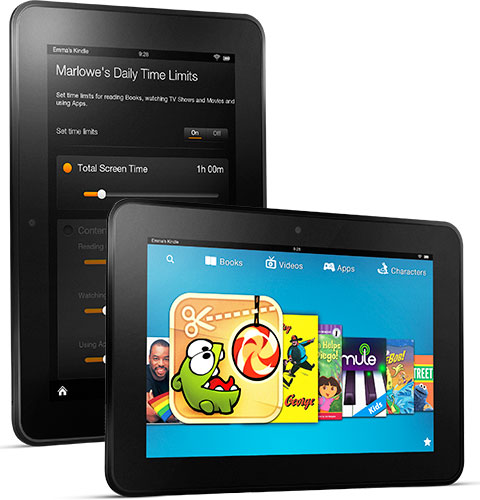 Tablets are one of the more uniquely positioned personal computer products I have ever seen. Largely because they have aspects of personal computing traits the same way a notebook does. However, they also have a more shared screen or communal set of traits which notebooks do not have. Desktops have evolved in a way where they have become more of a communal or family PC. But they are big, stationary, and most households only have one. Tablets however are more mobile and for that reason get passed around to other members of the family more easily. Just look at how many parents pass their iPads to kids to use in a variety of ways and you can see how a tablet can also be a shared personal mobile computer.
Tablets are one of the more uniquely positioned personal computer products I have ever seen. Largely because they have aspects of personal computing traits the same way a notebook does. However, they also have a more shared screen or communal set of traits which notebooks do not have. Desktops have evolved in a way where they have become more of a communal or family PC. But they are big, stationary, and most households only have one. Tablets however are more mobile and for that reason get passed around to other members of the family more easily. Just look at how many parents pass their iPads to kids to use in a variety of ways and you can see how a tablet can also be a shared personal mobile computer.
Tablets start to get very interesting when you think about them in the context of a family or a larger community. This is exactly the kind of thinking Amazon has begun and the beginnings of this trend can be found in a new experience they launched with the newest Kindle Fire’s called Free Time.
Kindle Free Time is a customized experience on both new Kindle Fire’s for kids. It comes with parental controls built in that allow parents to monitor and set limits with the child’s screen media time. For example, a parent can set no time limit for reading (because who doesn’t want their kids to read more) but set a limit for how many minutes a day the child can play games or watch videos. Non children’s content is locked out of Free Time mode and the browser is as well. The color theme on the screen is blue, where the main Kindle Fire mode is black. This way the parent can quickly glance at the tablet and make sure the child is still in Free Time mode and hasn’t hacked the password.
This kind of thinking around software customizations for a shared computing mode is encouraging for me as I look at ways personal computing solutions evolve to support family computing models.
I still debate in my head heavily the degree that tablets are personal computers vs. shared computers. I think the answer is that they are both and software that allows this multi-modal experience will be well received by the market and in particular families. Interestingly it is Amazon’s creation of the Whispersync network that will enable this. I can envision a scenario as this strategy evolves where it doesn’t matter whose Kindle Fire HD I pick up, I can just log in and pick up any game, movie, book, etc., right where I left off. This is not how it works today but thinking in terms of communal and family computing, I think it will evolve this way.
I hope many tablet manufacturers and platform providers are taking note of Kindle Free Time and begin to think more about family computing modes with their solutions.
